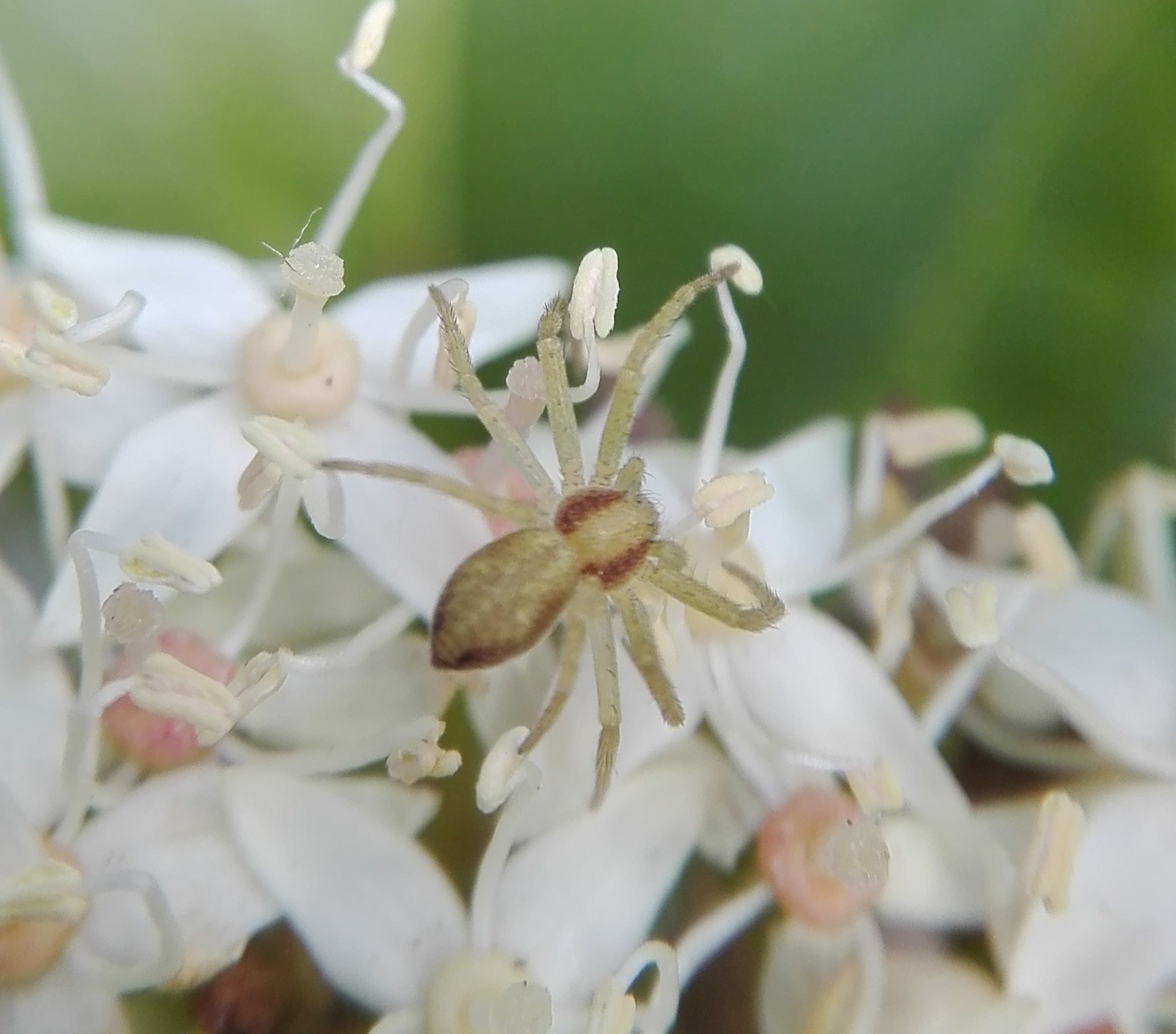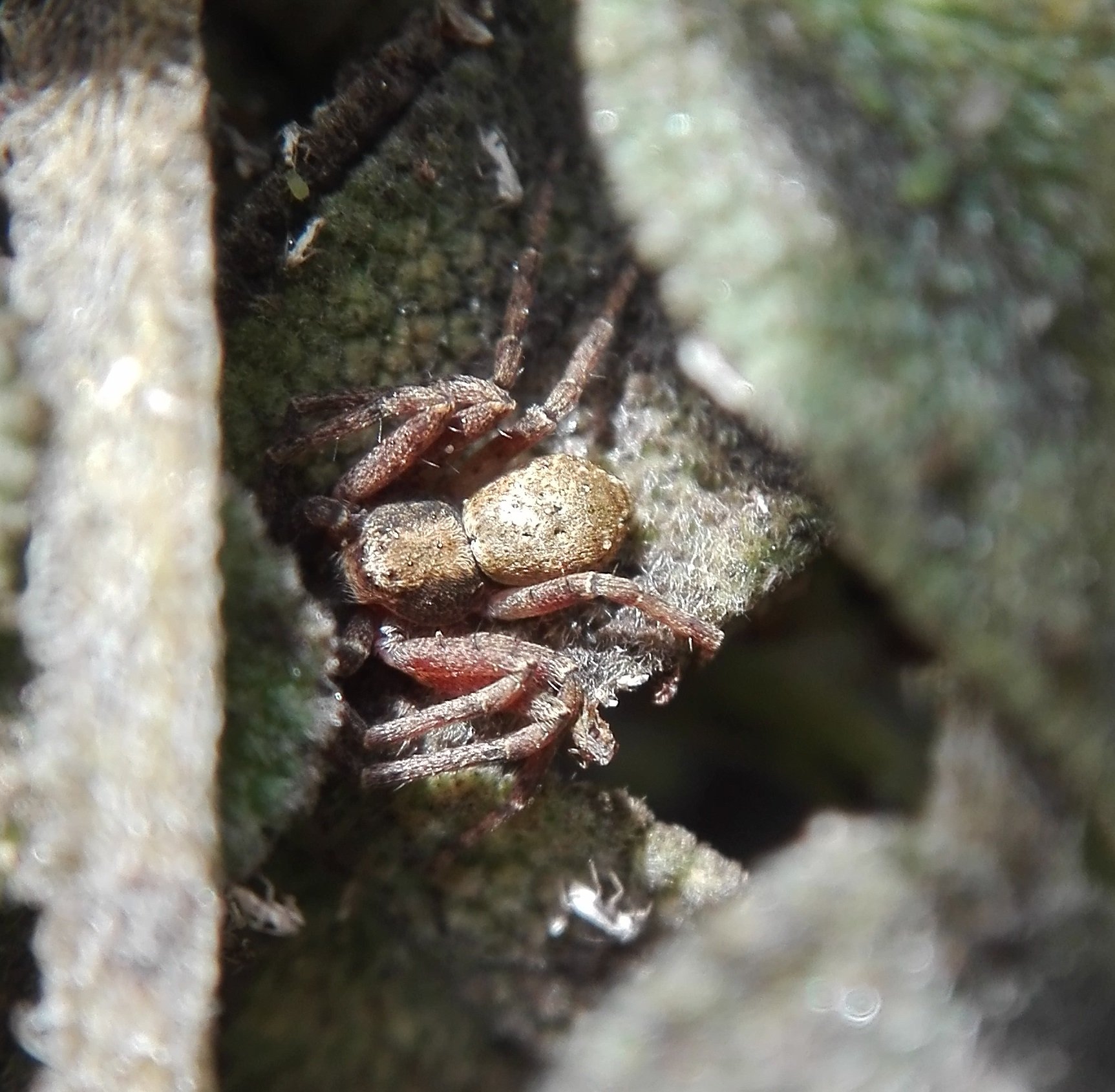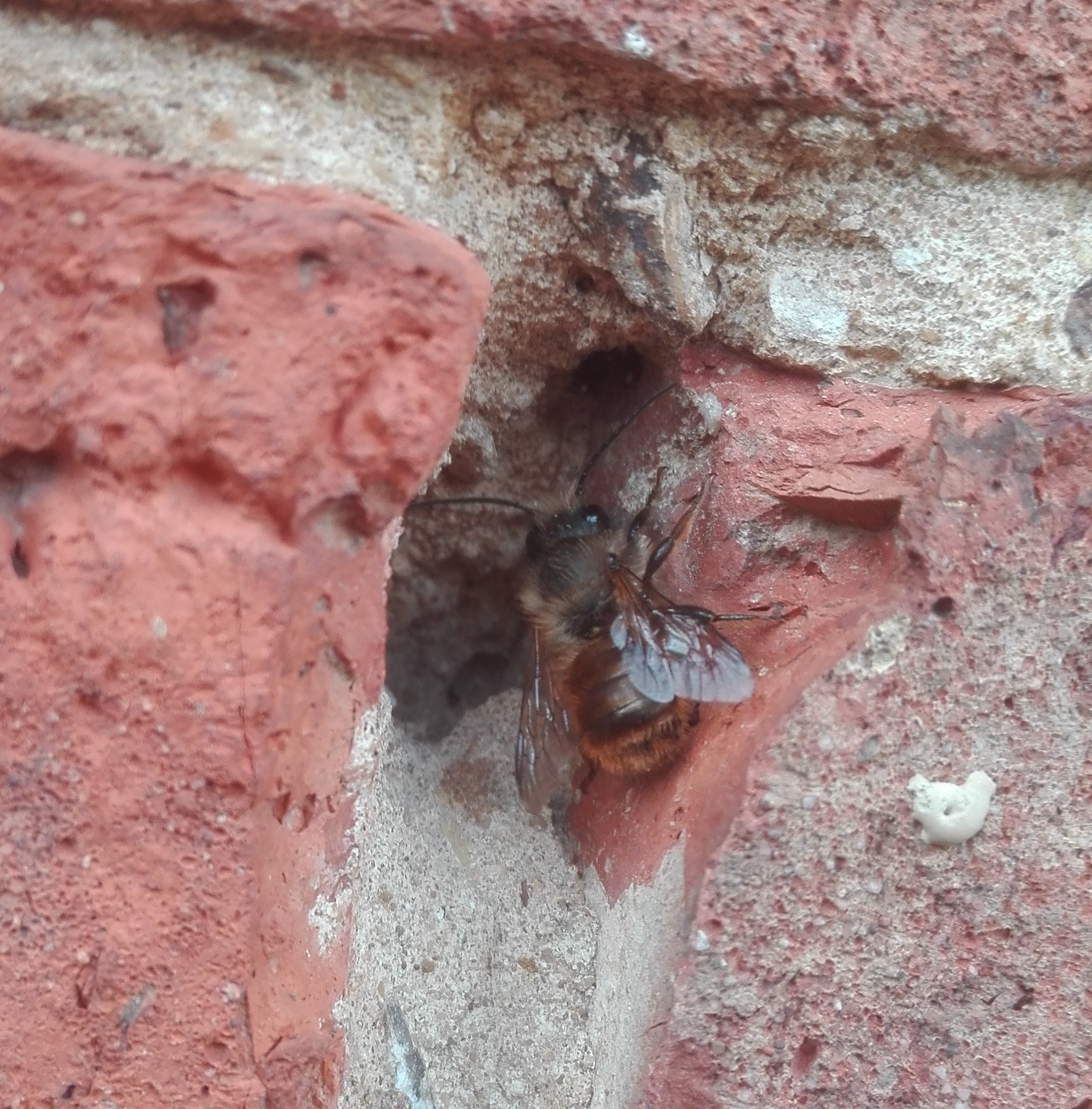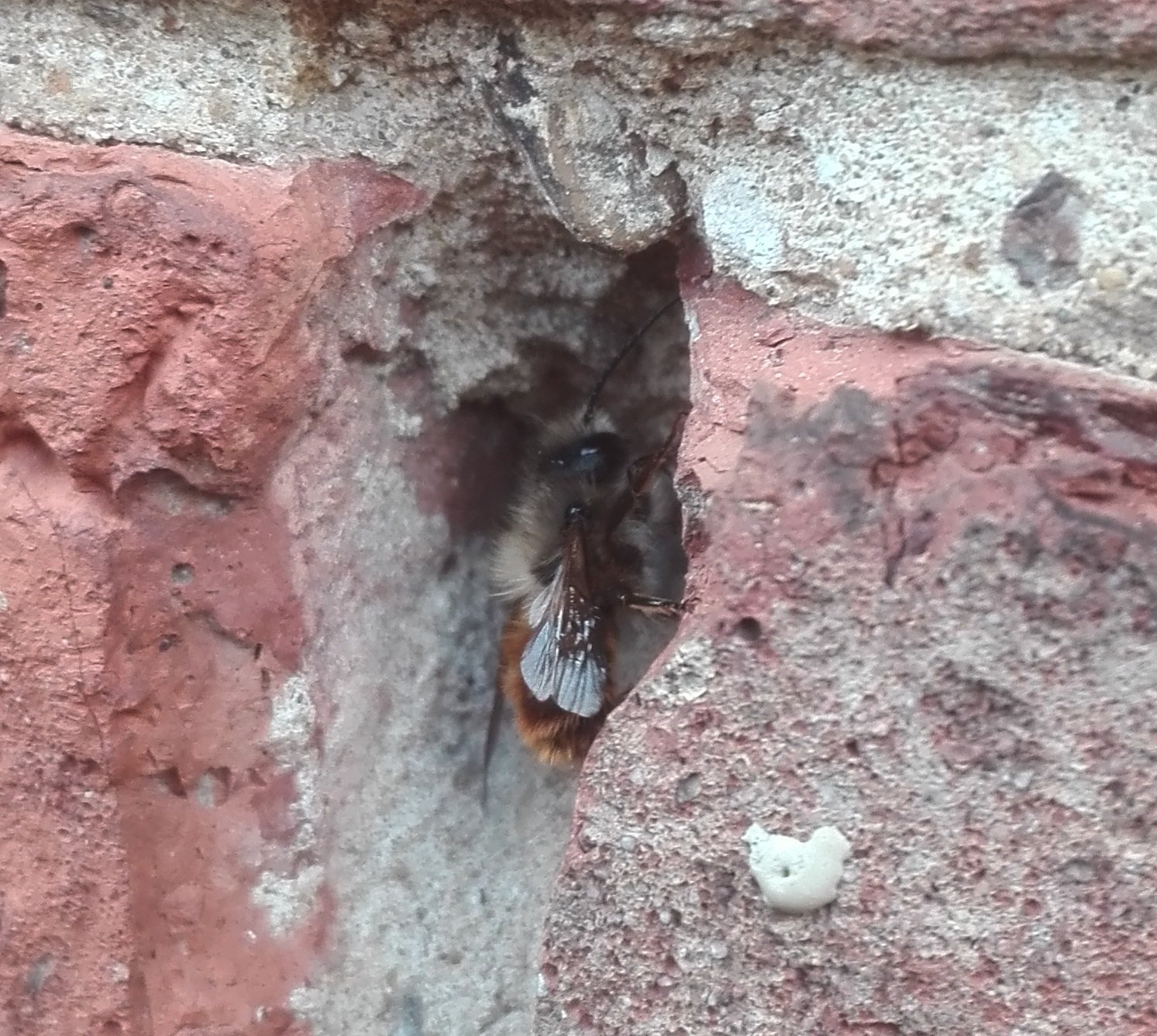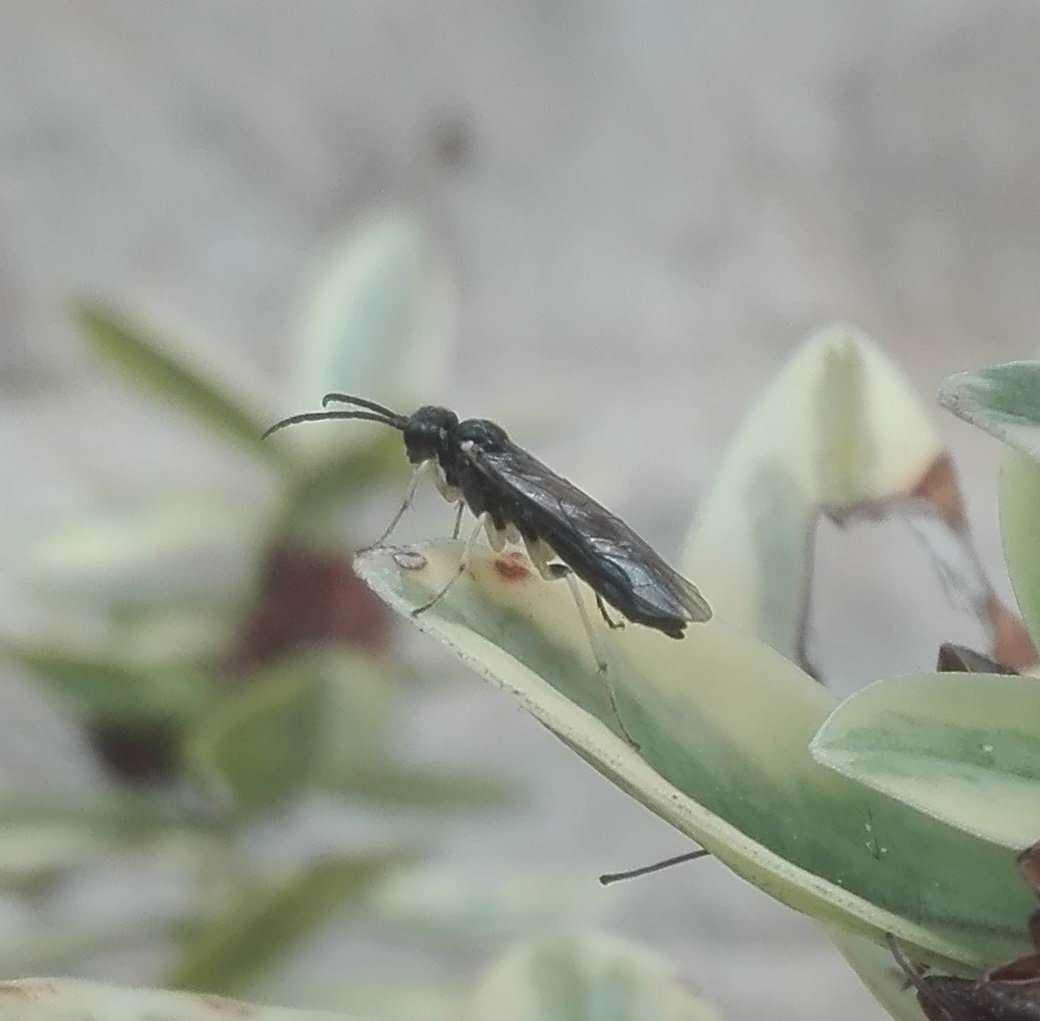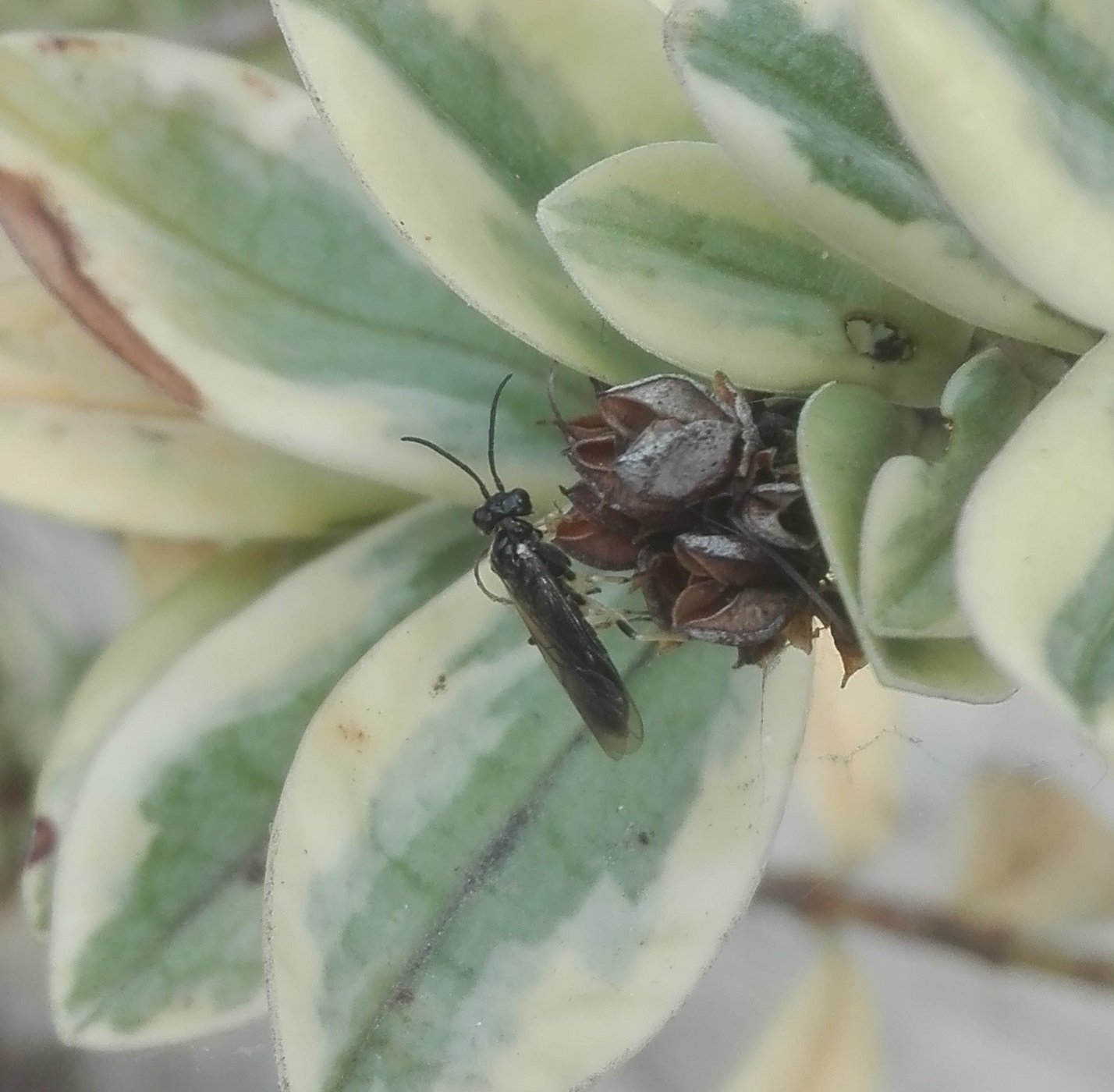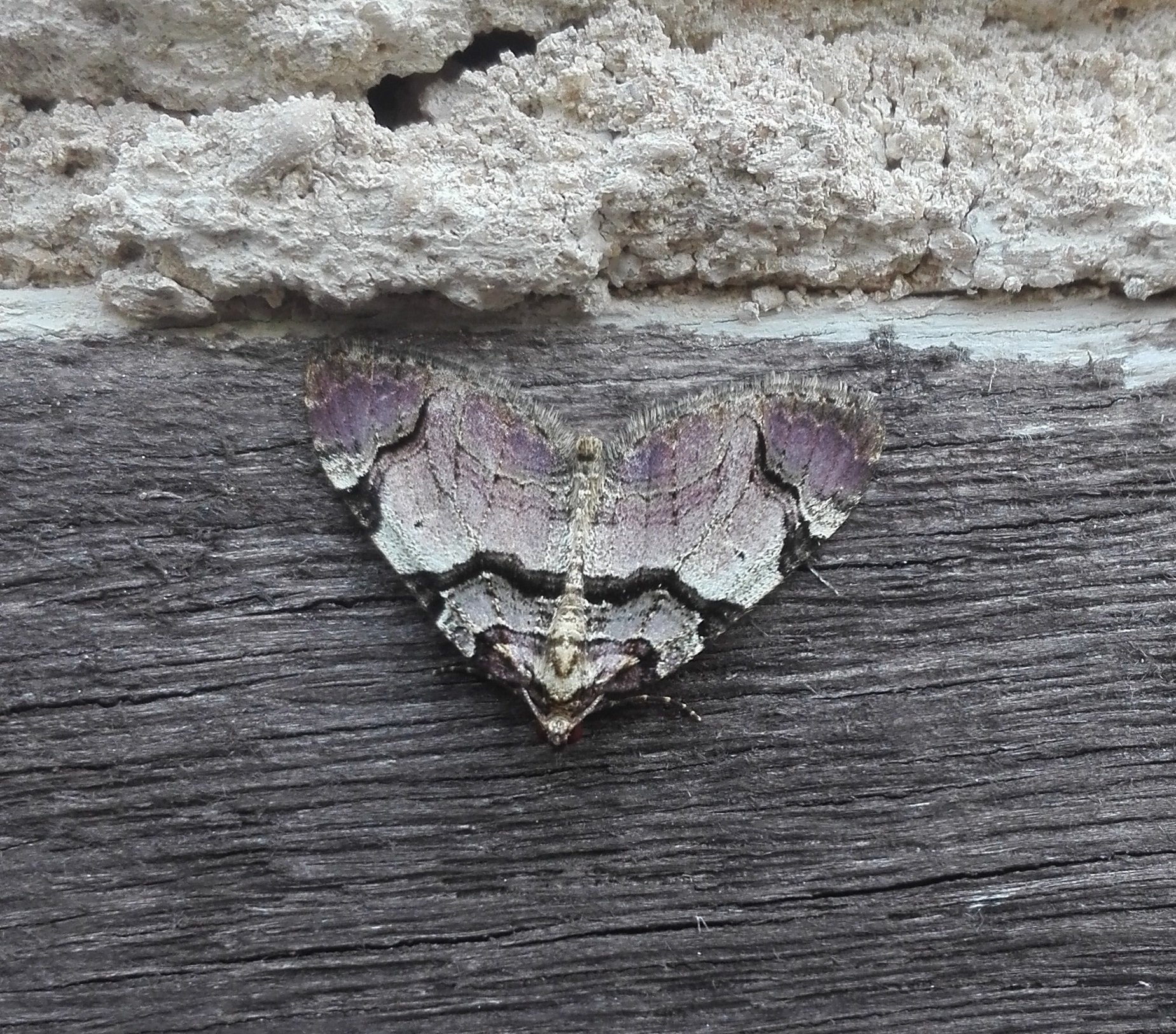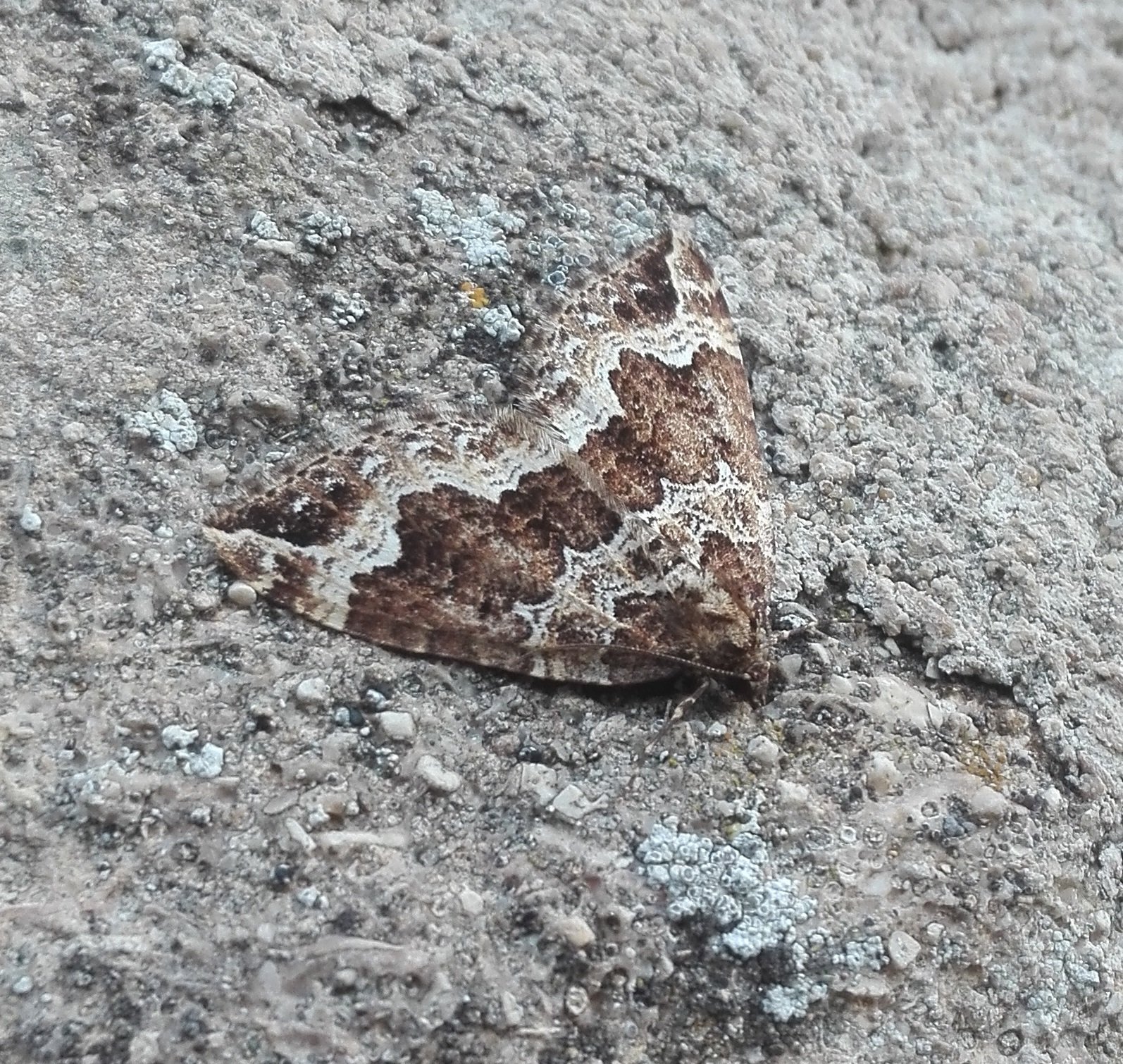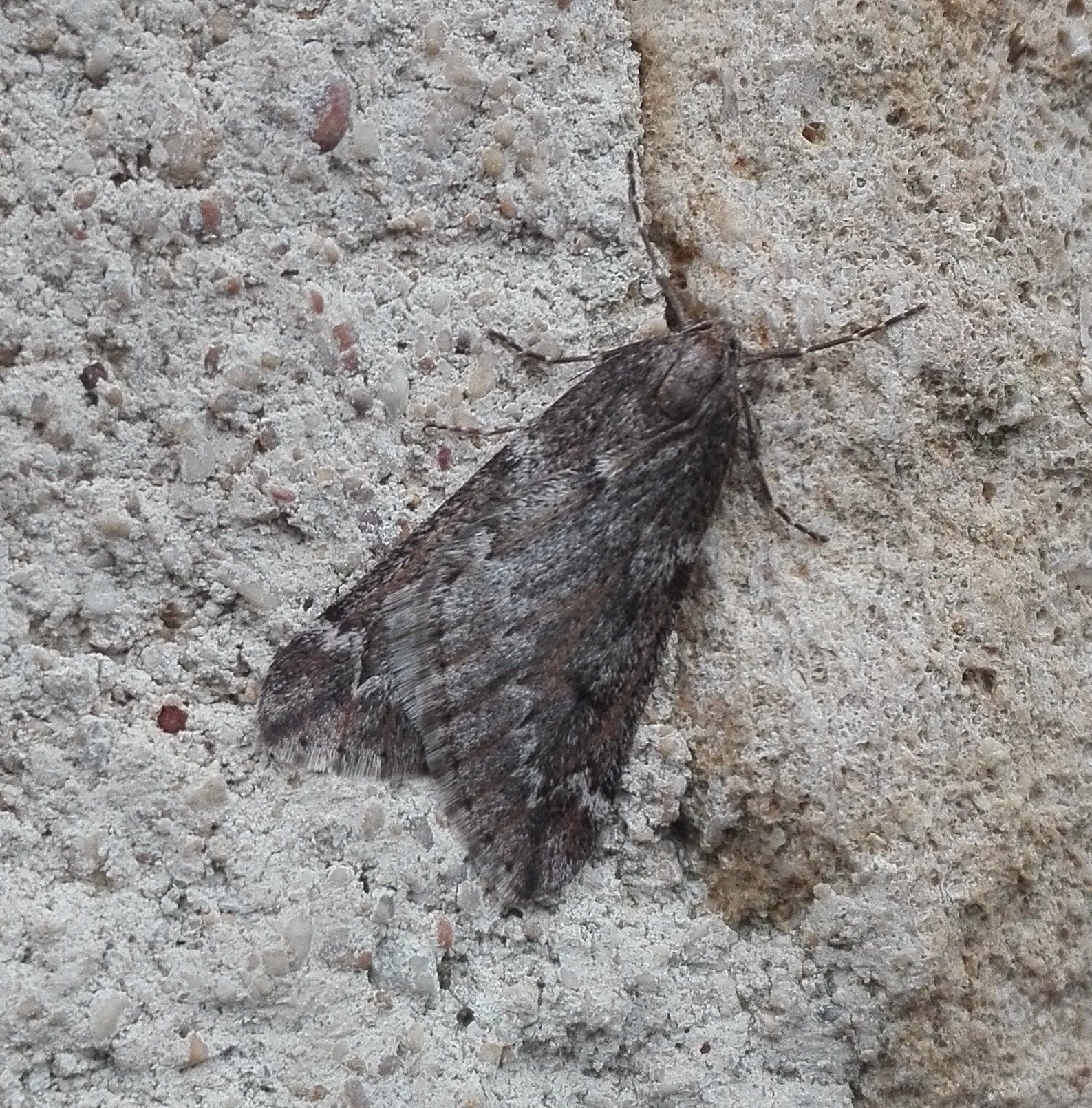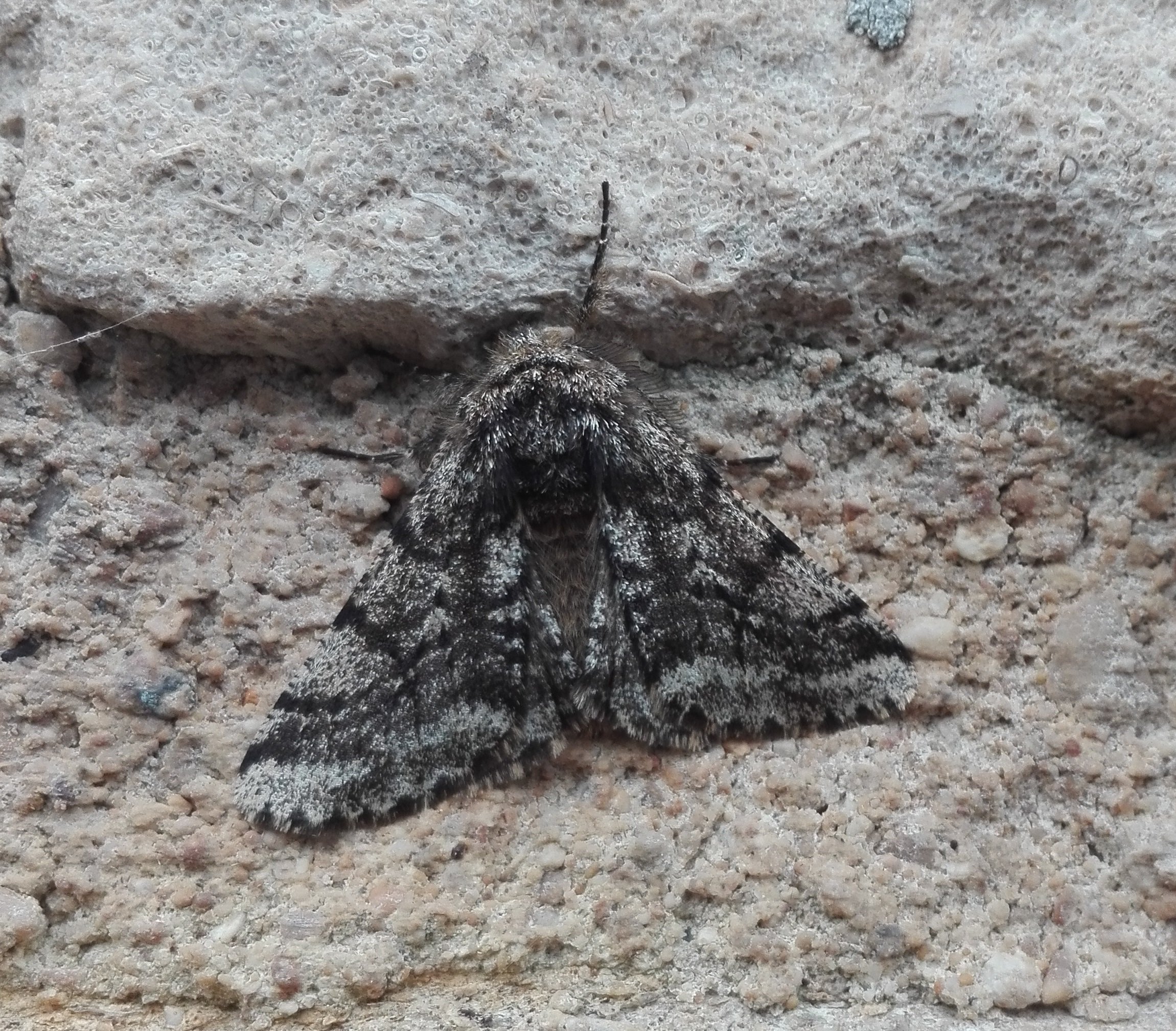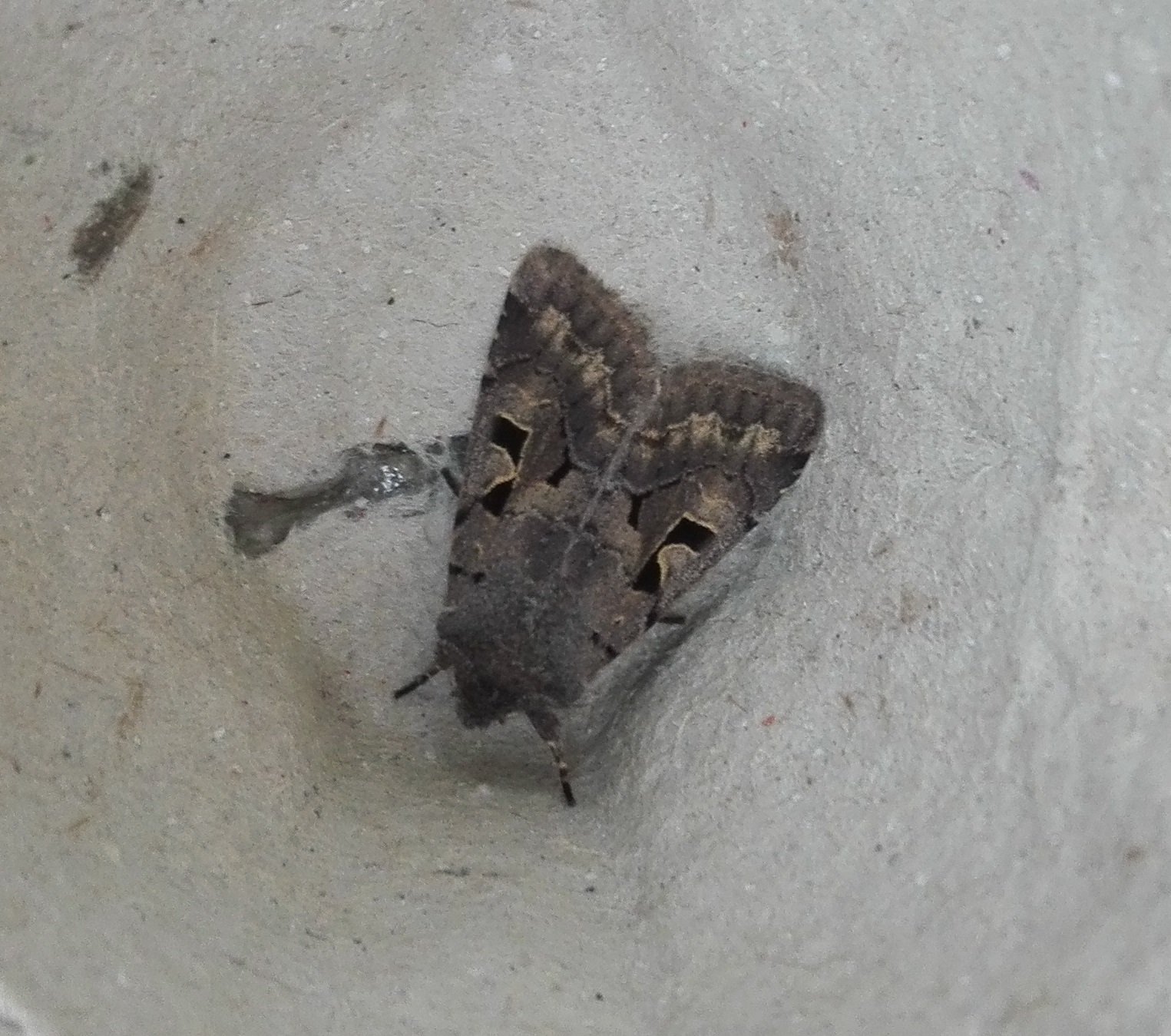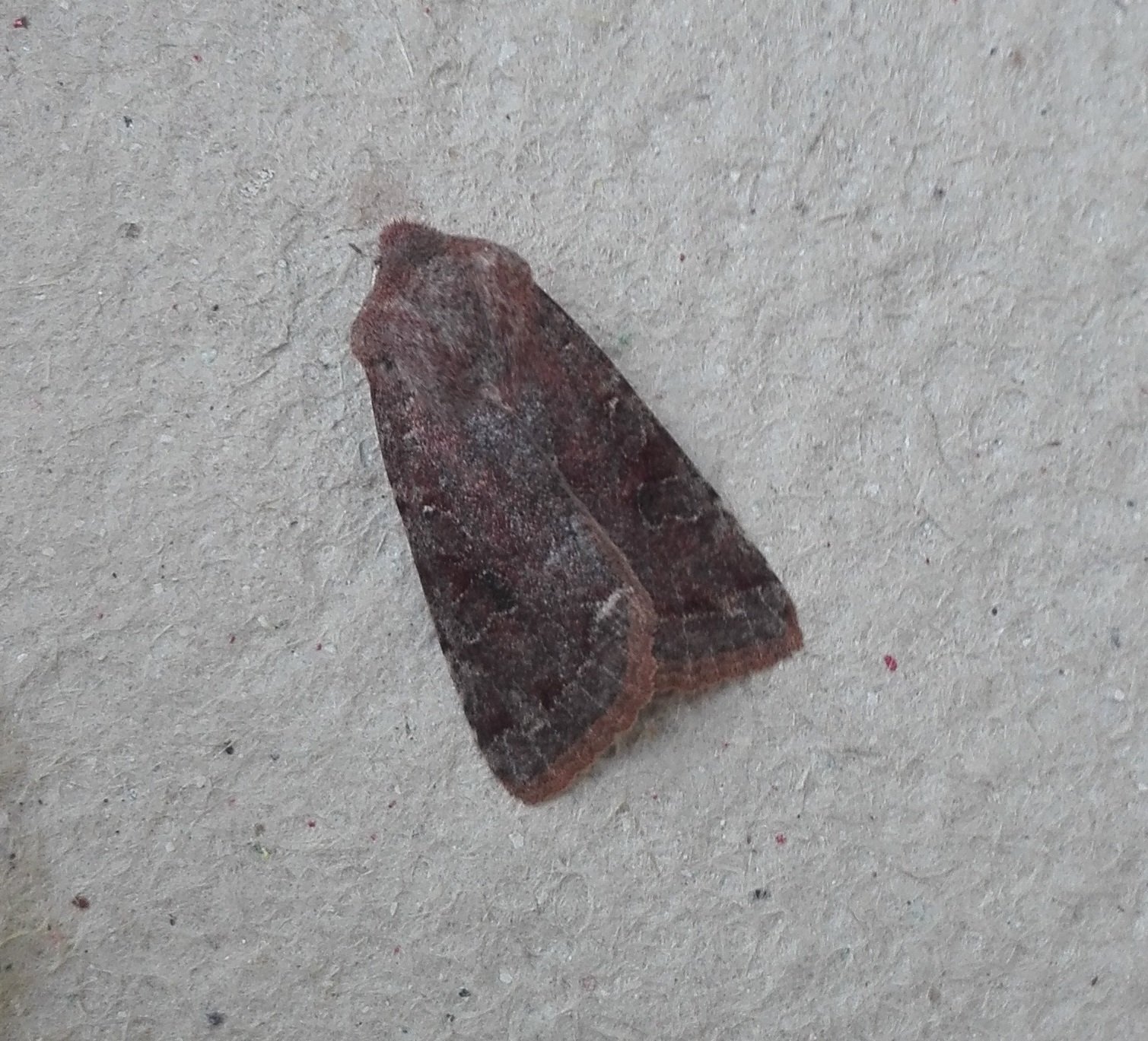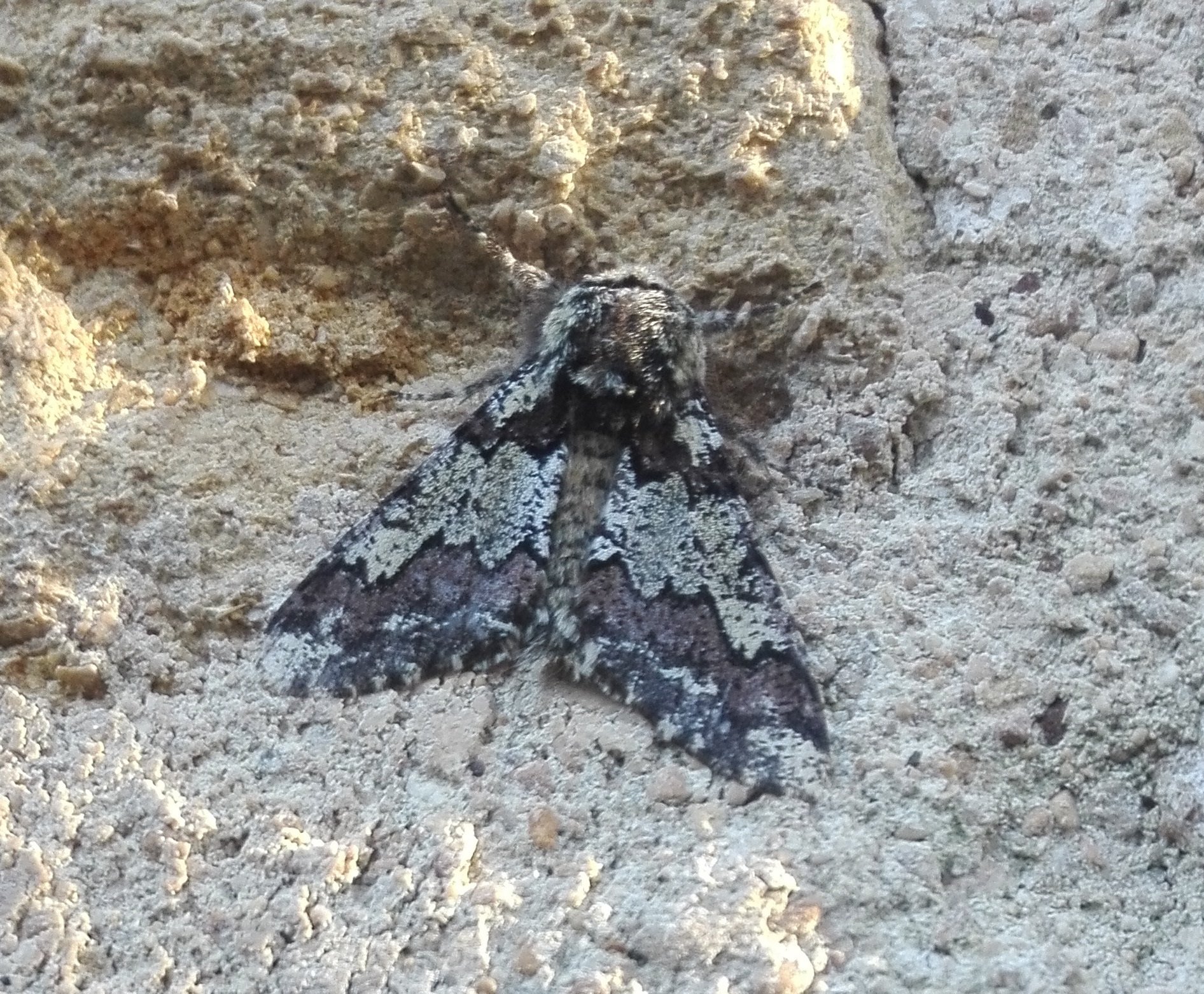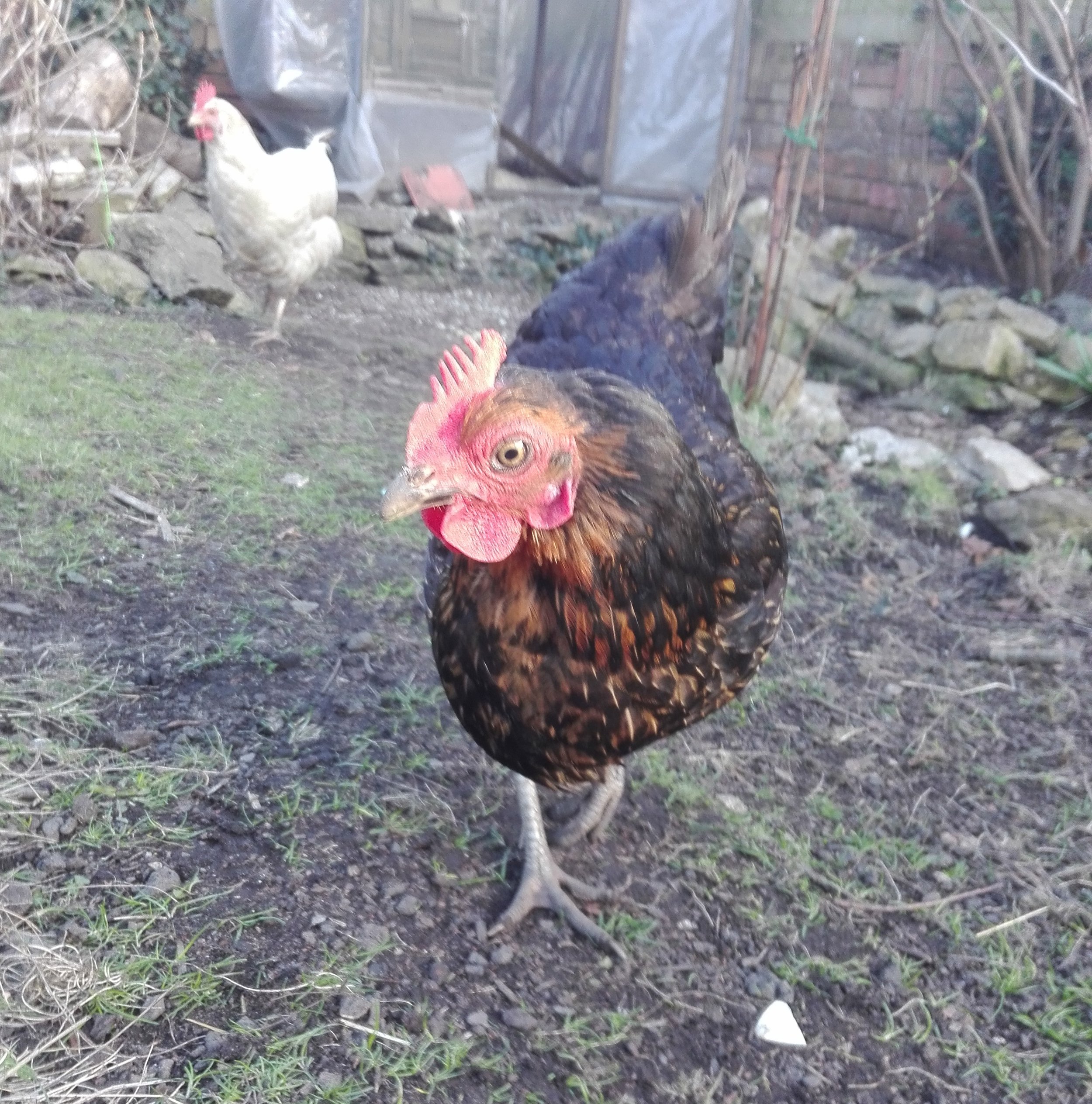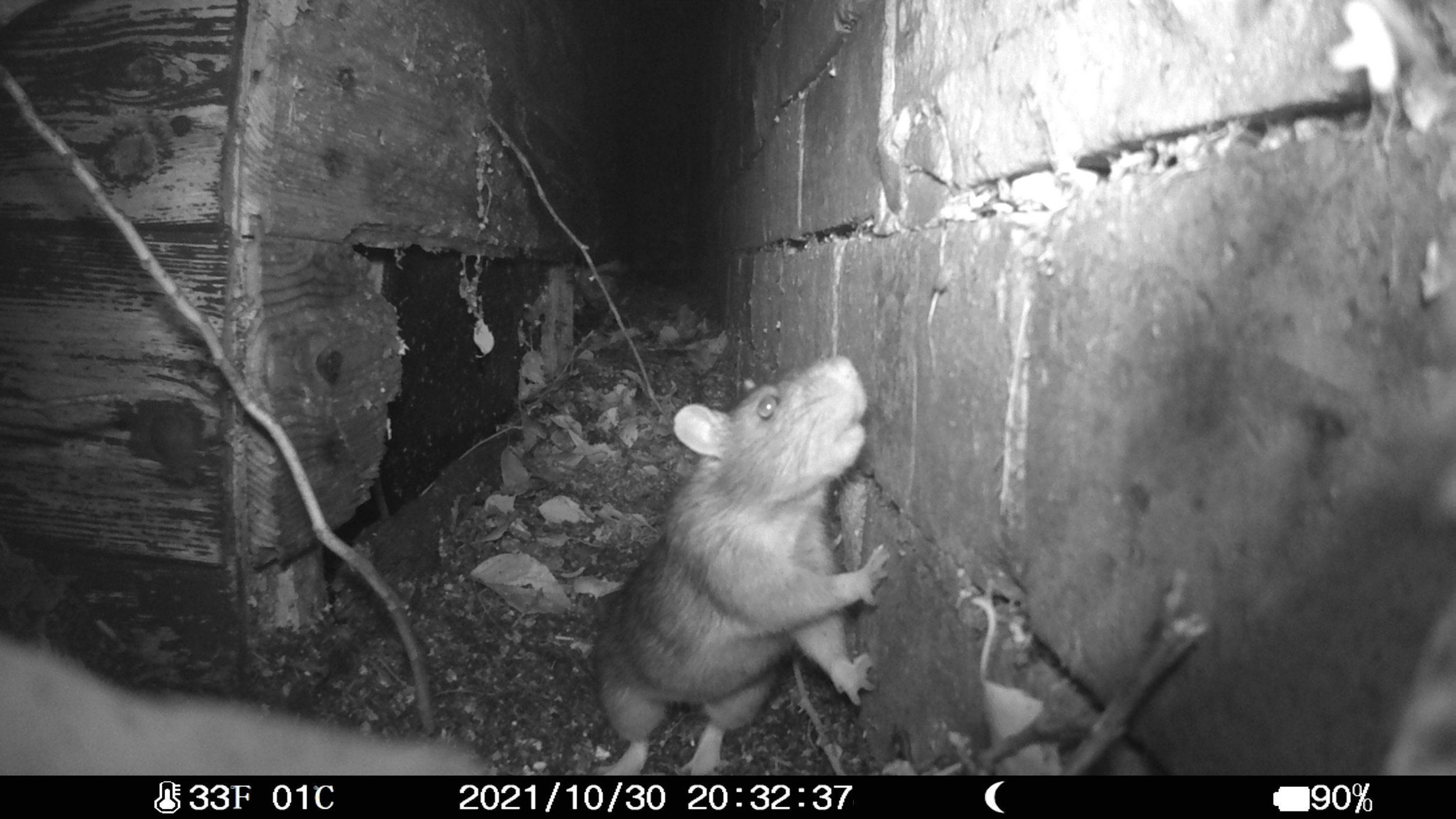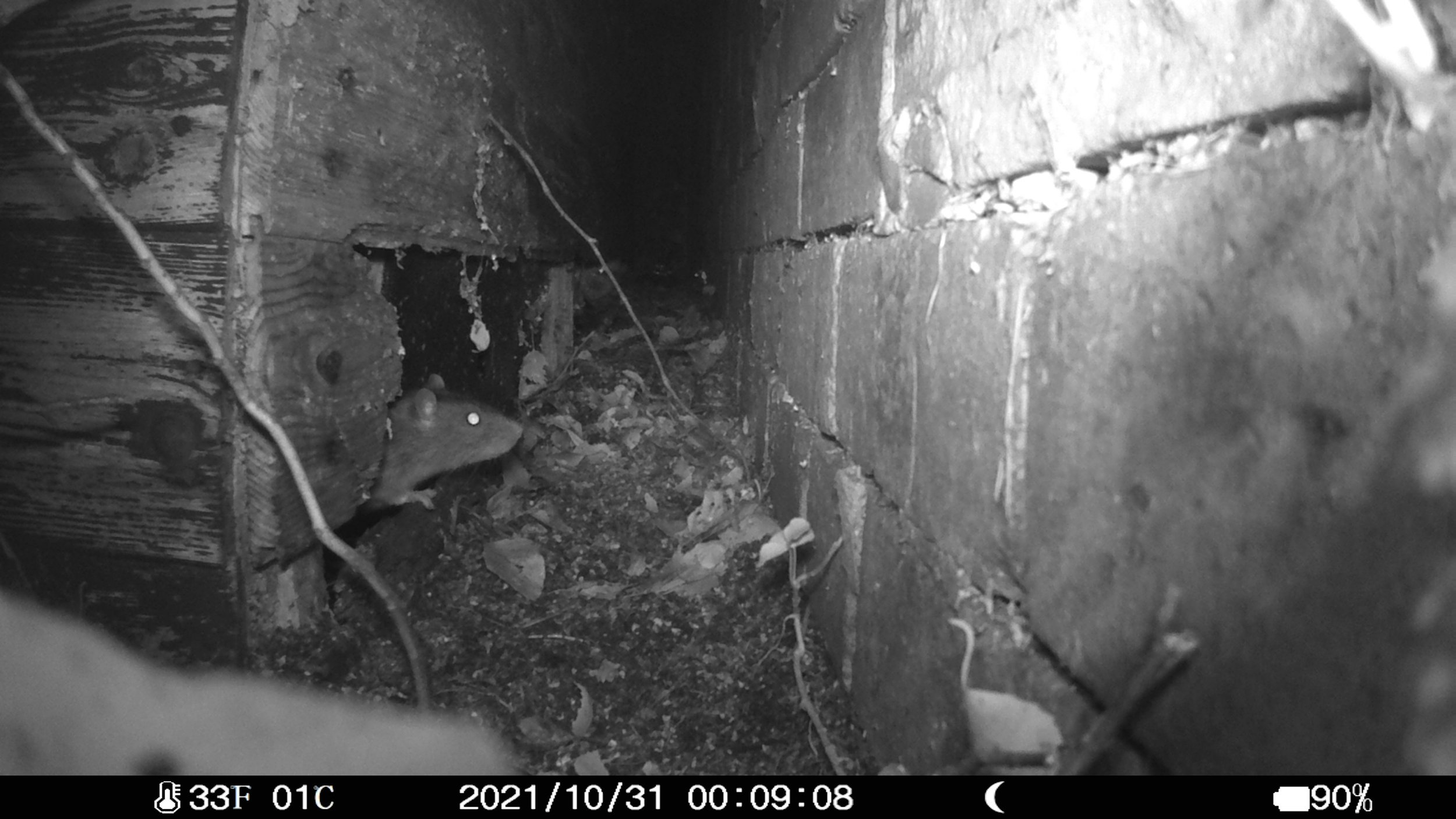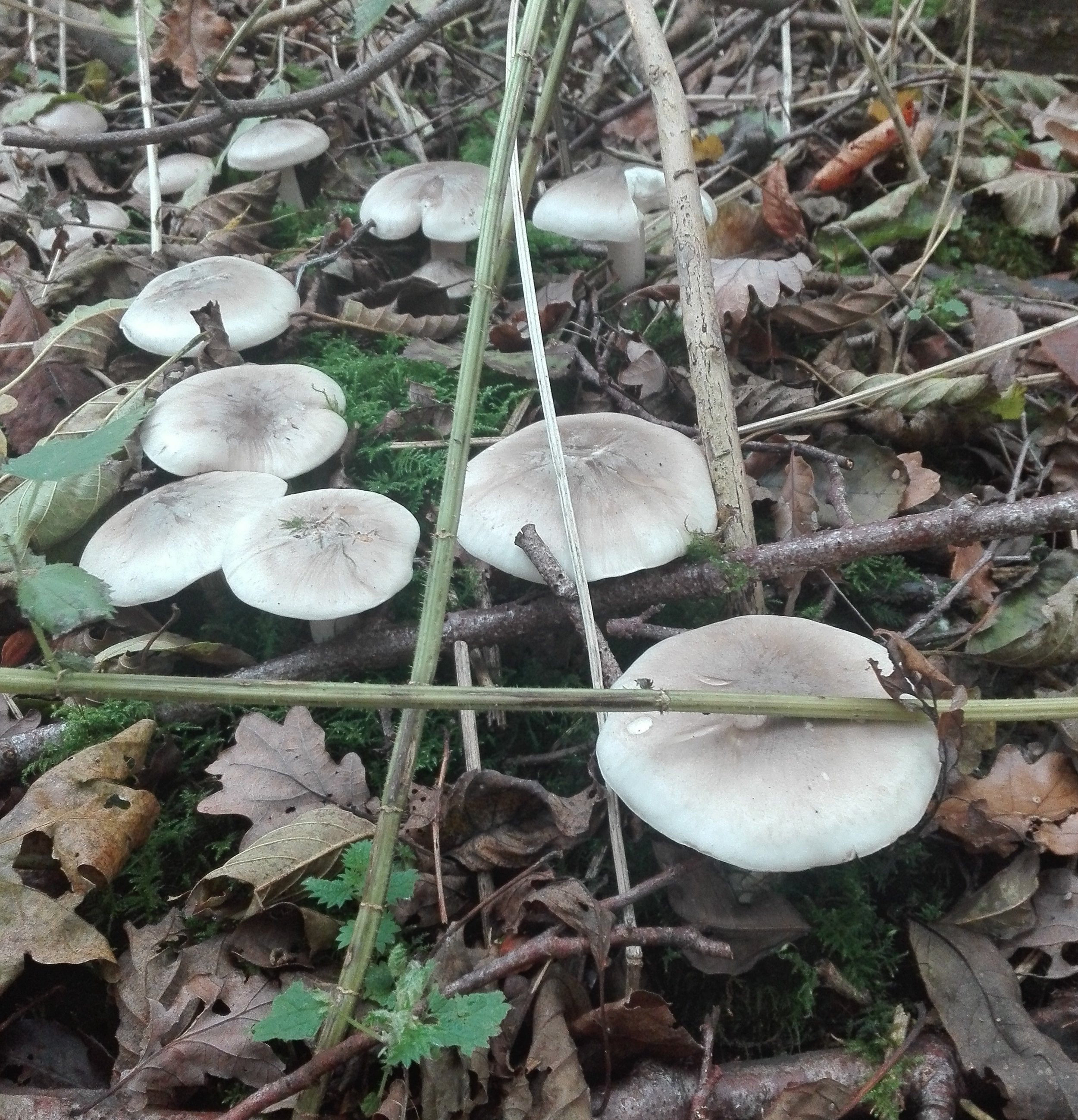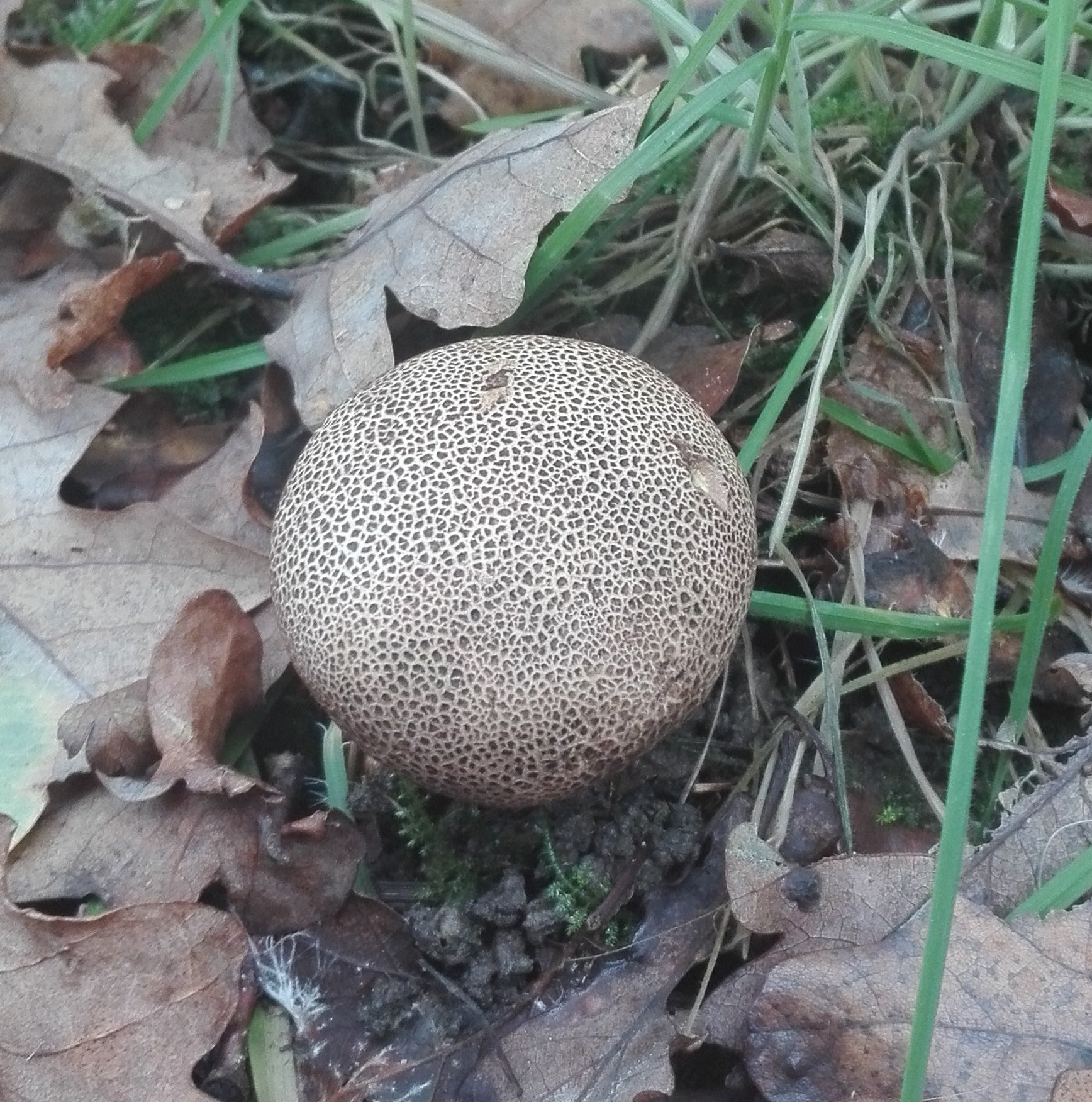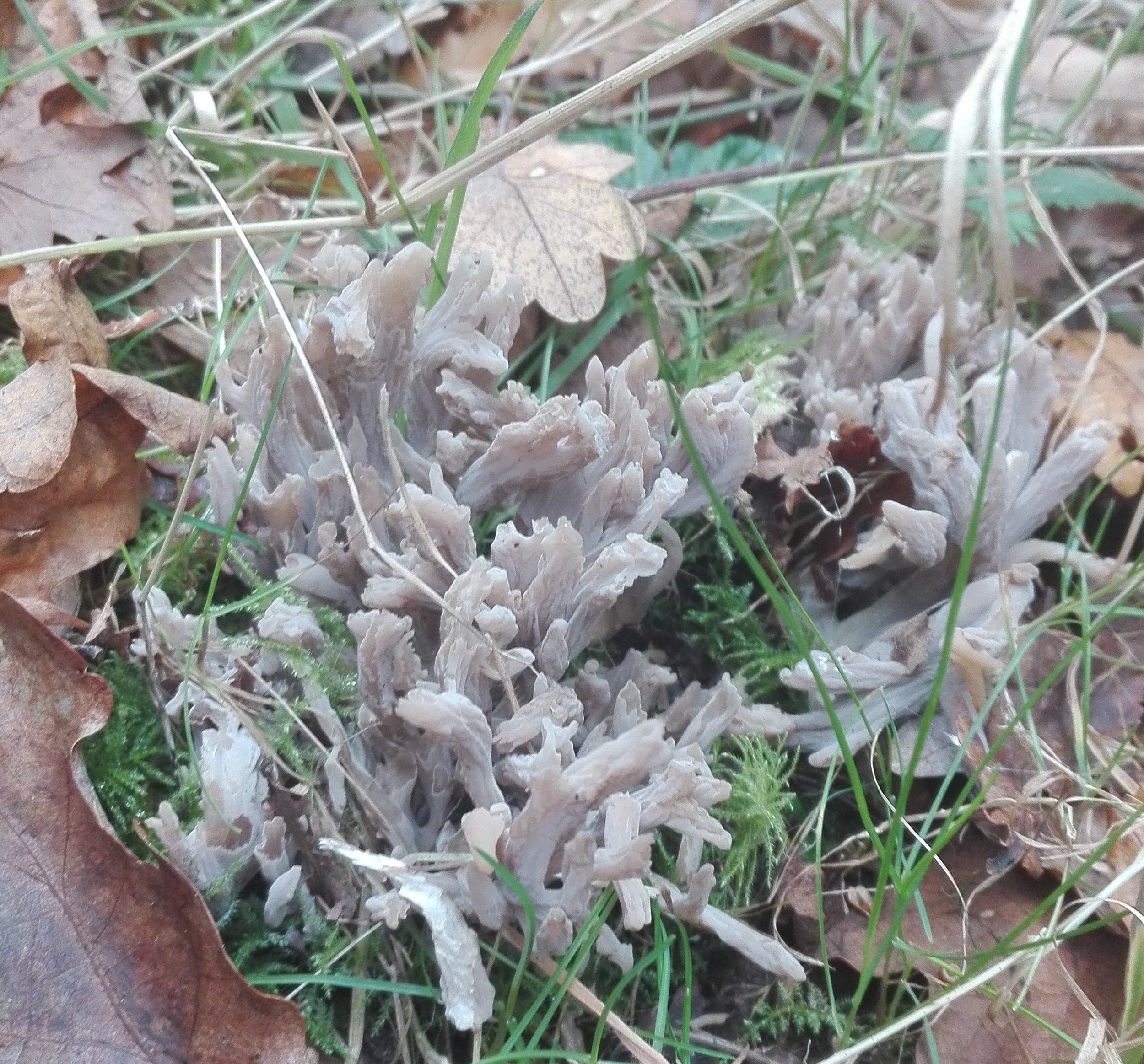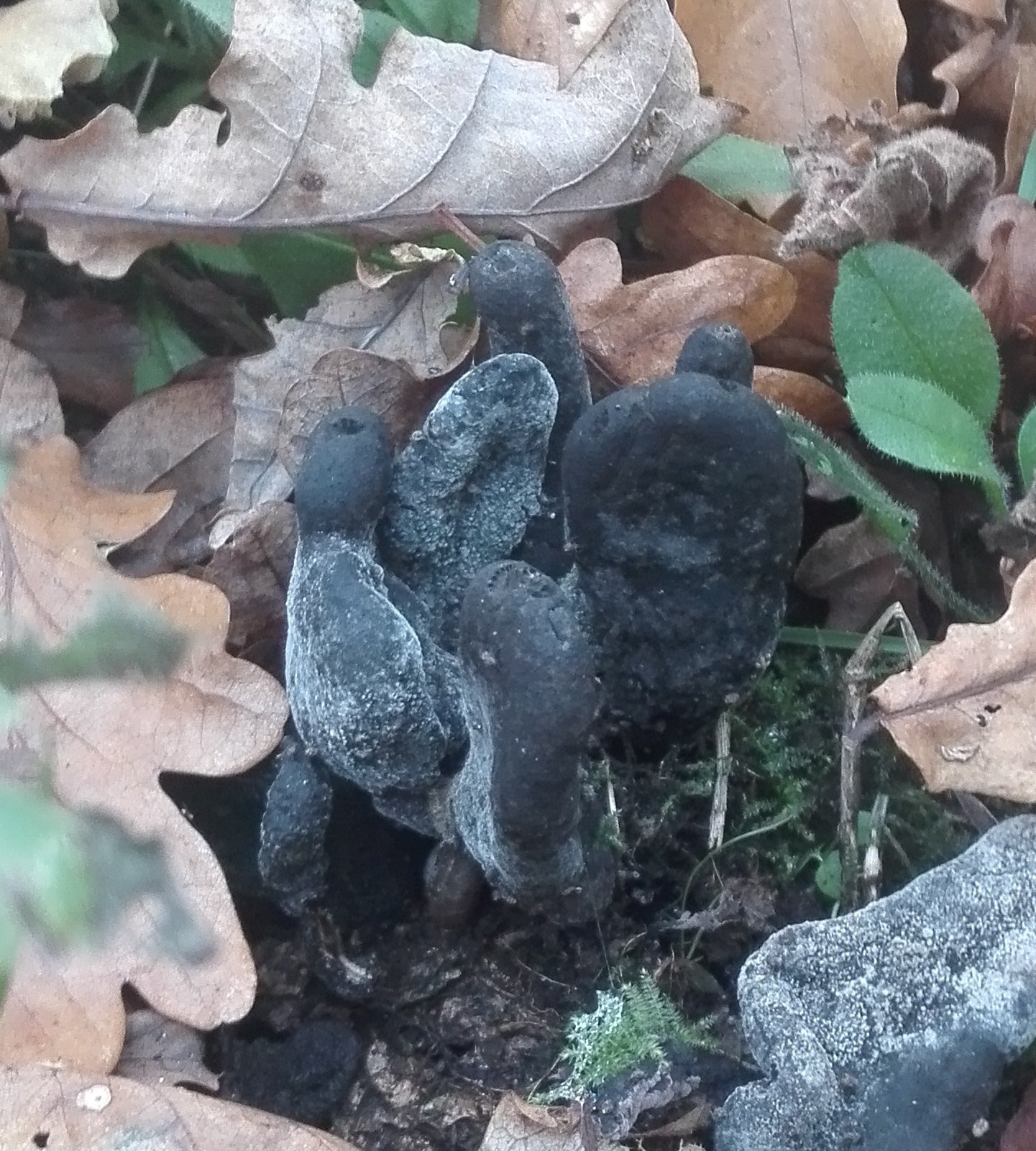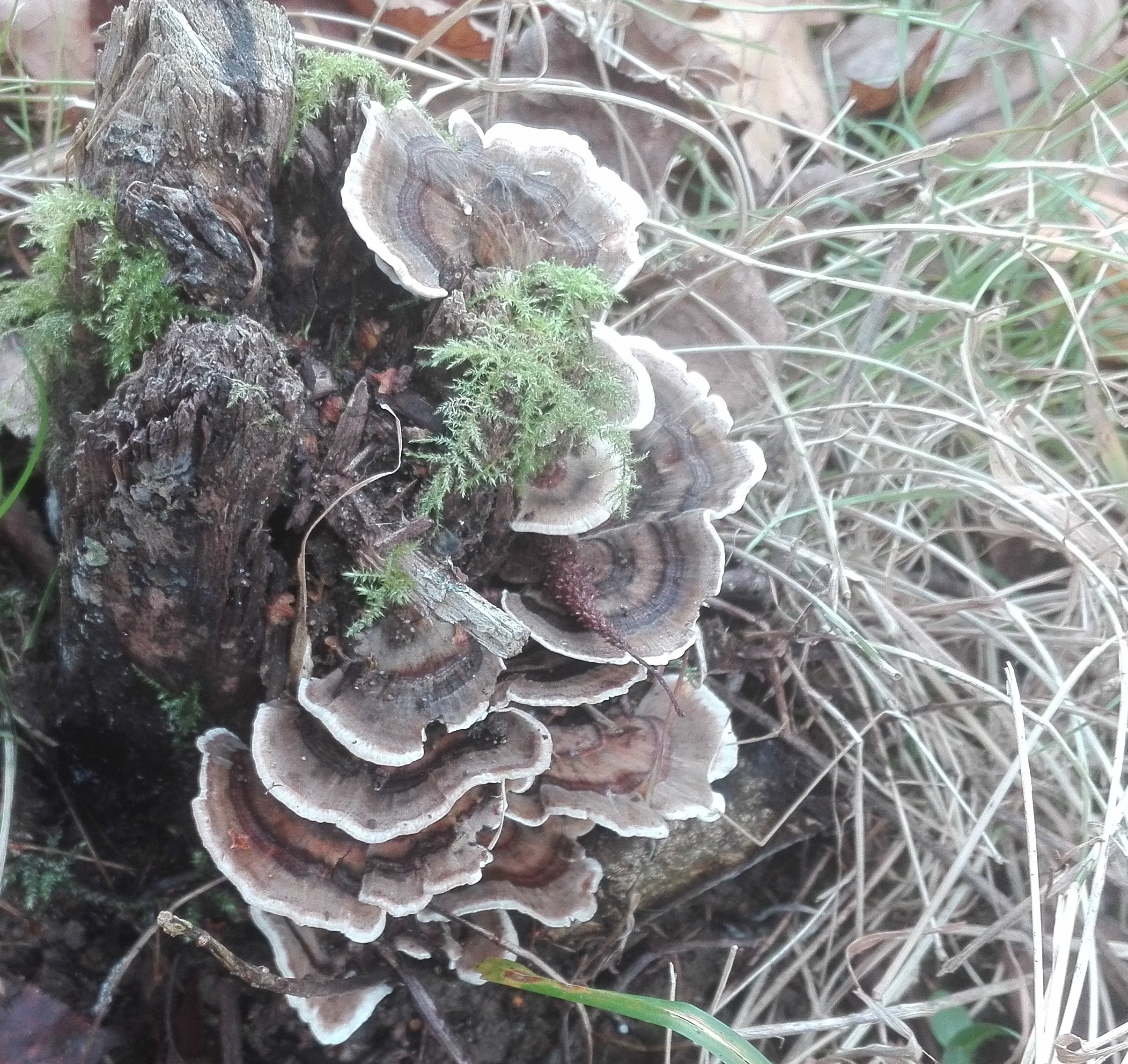We got three chickens last April, which have free range of the garden. They do give us plenty of eggs, and are pretty funny, but hens are not exactly a gardeners best friend; or that great for garden wildlife either. Apart from eating plants and raking up the borders for worms, they do eat a lot of the bugs and molluscs in the garden, and have I believe also killed off our frogs. It’s not much of a plus, but the appearance of rats and more mice around the garden shed is likely linked to getting chickens, so I suppose I can thank them for adding Brown Rat (Rattus norvegicus) and Yellow-necked Mouse (Apodemus flavicollis) to the garden list. Yellow-necked Mouse is my first new species of the year and the 10th mammal species. Thanks girls!






